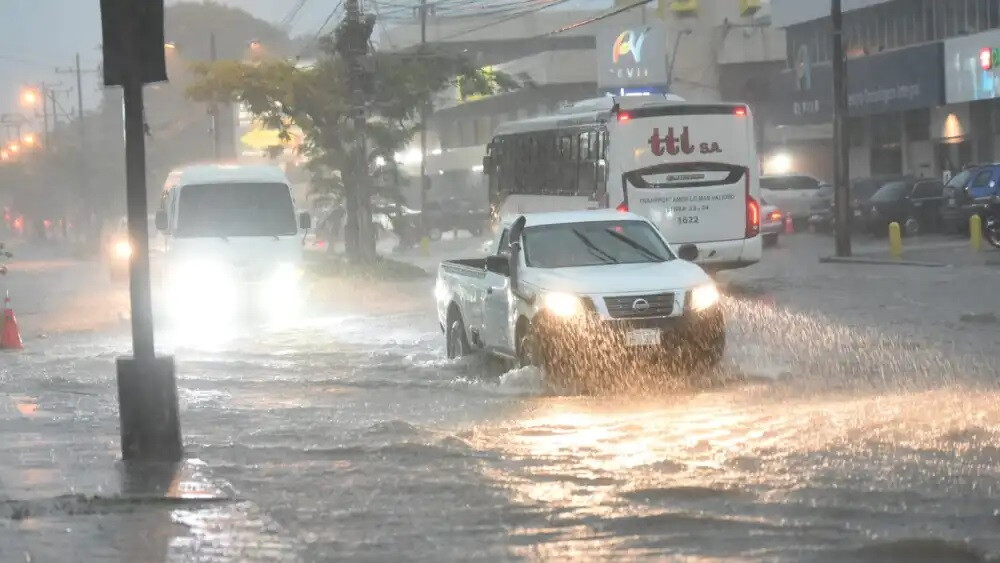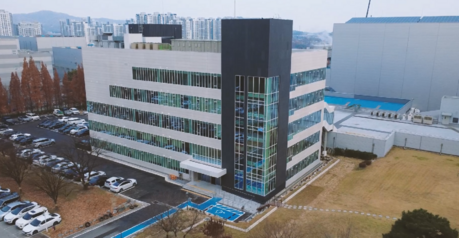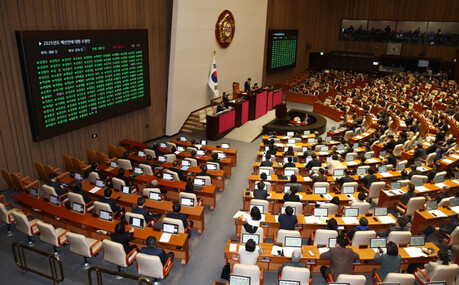
Asunción and the Central department experienced torrential rainfall, recording a historic 100-120mm of precipitation in just two hours. This is equivalent to 120 liters of water per square meter, and the immense volume of rain in such a short period caused widespread damage. Eastern regions like Alto Paraná and Caaguazú also felt the brunt of the heavy rains, recording 80mm of rainfall.
According to the Paraguayan Directorate of Meteorology (Dirección de Meteorología), a powerful storm system moved into Asunción and Central on Thursday morning, June 5, bringing intense rain and strong gusts of wind for a brief period. Eduardo Mingo, director of the meteorological agency, explained in an interview with Radio Monumental 1080 AM that "we started feeling the first effects of the storm clouds from 4 AM, and an enormous amount of rain fell for about two and a half hours." He emphasized that "a large amount of rain in a short period is very harmful."
Due to this concentrated downpour, many homes in Asunción and the Central region were flooded or damaged by sudden inundations and dangerous currents, and numerous trees were toppled. Widespread power outages occurred, particularly in Asunción and surrounding areas such as Lambaré, Villa Aurelia, Guarambaré, Puerto Sajonia, Fernando de la Mora, Villeta, General Díaz, Itauguá, San Lorenzo, San Miguel, and San Antonio. The National Electricity Administration (ANDE) reported massive damage to the power infrastructure, with approximately 90,000 users losing electricity supply.
Damage and Recovery Efforts in the Eastern Regions
Following Asunción and the Central region, the eastern departments of Alto Paraná and Caaguazú also suffered damage from the heavy rainfall. These areas recorded a cumulative rainfall of 80mm, leading to various issues such as agricultural land inundation and traffic disruptions. Currently, emergency recovery efforts are underway in the affected areas to repair roads, restore power supply, and provide aid to displaced residents. The government and relevant agencies are working tirelessly to accurately assess the extent of the damage and facilitate rapid recovery.
Climate Change and Extreme Weather Phenomena
Paraguay's record-breaking rainfall is analyzed as part of the increasing frequency of extreme weather events observed globally in recent times. Climate change is causing unstable precipitation patterns, leading to more frequent instances of concentrated heavy rainfall in specific areas over short periods. Experts point out that these phenomena could intensify further in the future, emphasizing the need to strengthen disaster preparedness systems, including improving drainage systems and expanding flood prevention facilities, starting from urban planning stages. They also stress the importance for citizens to pay attention to weather forecasts and be familiar with emergency procedures in case of a disaster.
Future Weather Outlook
The Paraguayan Directorate of Meteorology has advised continued vigilance regarding weather information, as there is a possibility of localized heavy rain even during periods of temporary calm. They specifically urged residents in vulnerable areas to prepare for landslides and flooding, and those in low-lying areas to have evacuation plans ready in advance. Recovery in the affected regions is expected to take a considerable amount of time, and sustained support from the government and private organizations will likely be necessary.
[Copyright (c) Global Economic Times. All Rights Reserved.]






























